Umbanda, a rich spiritual tradition from Brazil, is often misunderstood and shrouded in mystery. This listicle delves into the captivating aspects of Umbanda, highlighting its beliefs, practices, and unique cultural heritage. From its origins to the role of Ayahuasca, explore these 17 fascinating facts about Umbanda and uncover the secrets of this enchanting faith.
1. Introduction to Umbanda
People who are unfamiliar with Umbanda often question its beliefs, wondering if it has any connection to evil or dark arts. Contrary to these misconceptions, Umbanda is a faith deeply rooted in compassion, healing, and spiritual guidance. It combines elements from African, Indigenous Brazilian, and Catholic traditions, creating a unique spiritual tapestry that reflects Brazil’s rich cultural diversity. Umbanda is a vibrant and inclusive faith that offers a profound sense of spiritual connection and community.
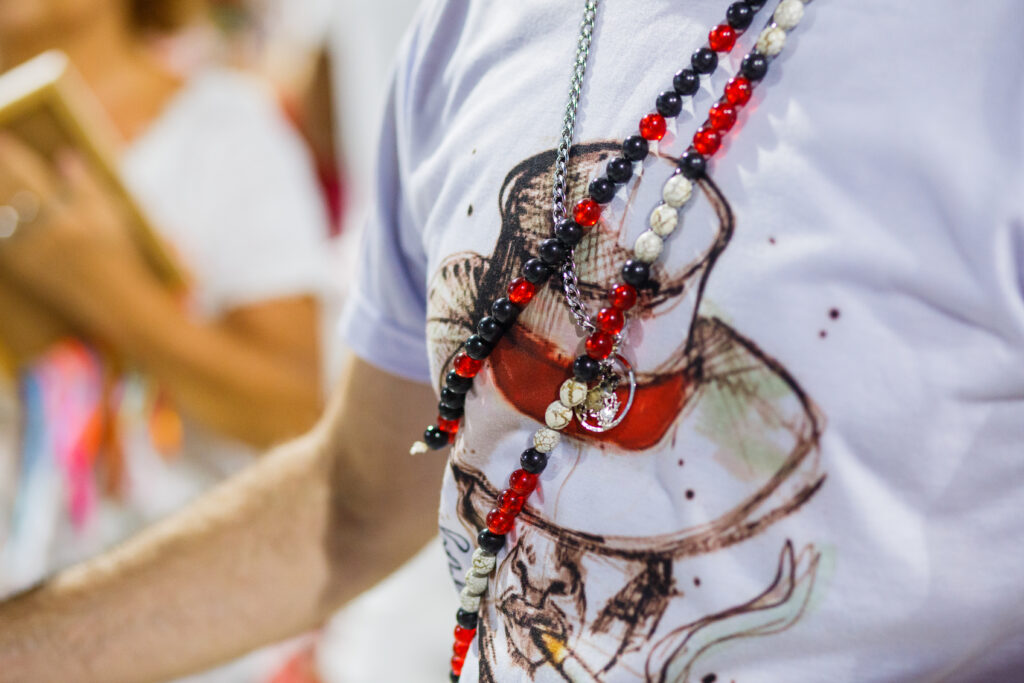
2. Origins and Cultural Influences
Umbanda is a fascinating synthesis of various cultural and spiritual traditions. It blends elements from Candomblé, Spiritism, and Christianity, each contributing unique aspects to the religion. This fusion creates a spiritual practice that honors a Supreme God, numerous deities, and many intermediary spirits, reflecting the diverse beliefs brought to Brazil by different cultural groups. Umbanda’s roots can be traced back to African slaves who merged their religious practices with those of Indigenous Brazilians and European settlers, resulting in a rich, hybrid tradition.
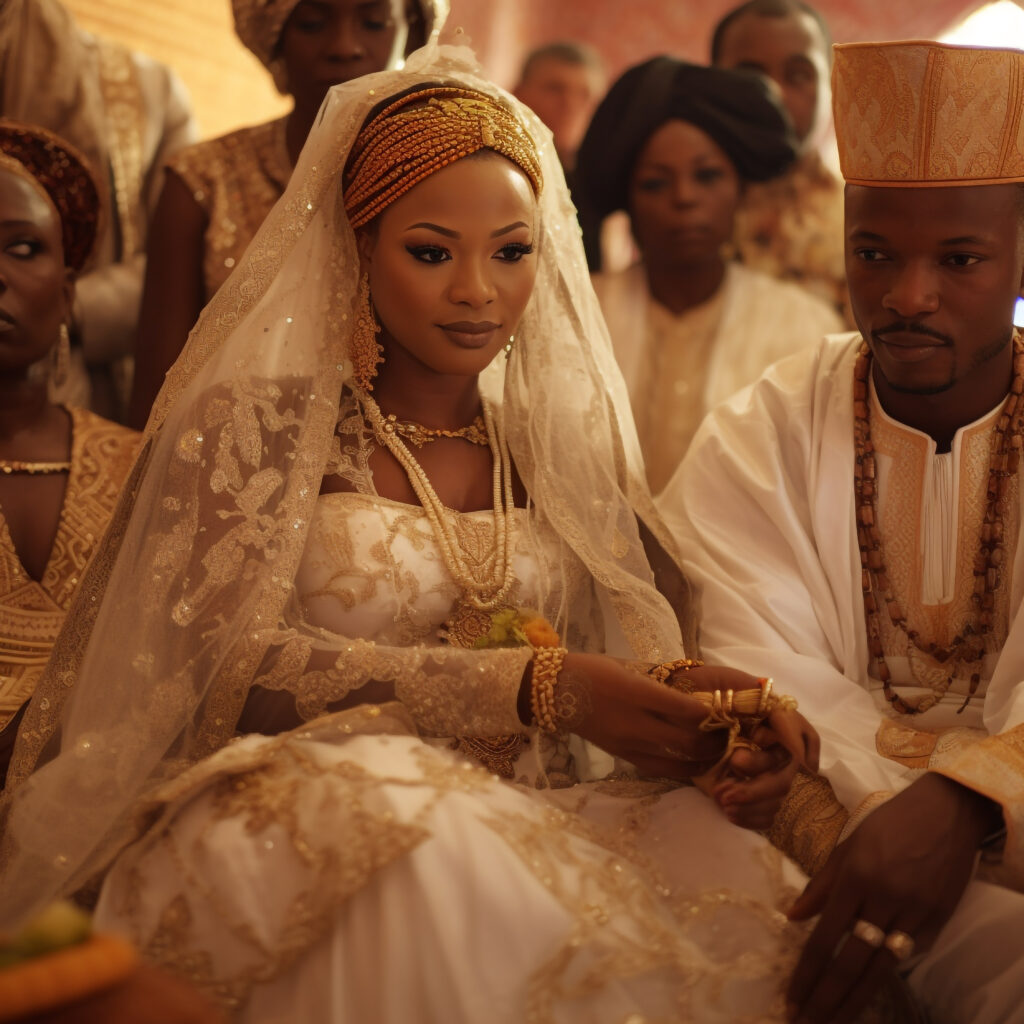
3. Founding and Evolution of Umbanda
While Zélio Fernandino de Moras is often credited with founding Umbanda in 1908, the faith’s origins are more complex. Zélio formalized practices that had been evolving in Brazil for centuries, drawing on African, Indigenous, and European traditions. Umbanda had been part of Brazilian spiritual life long before Zélio’s time. It has evolved through the blending of various cultural influences and adapting to the social and religious landscape of Brazil.
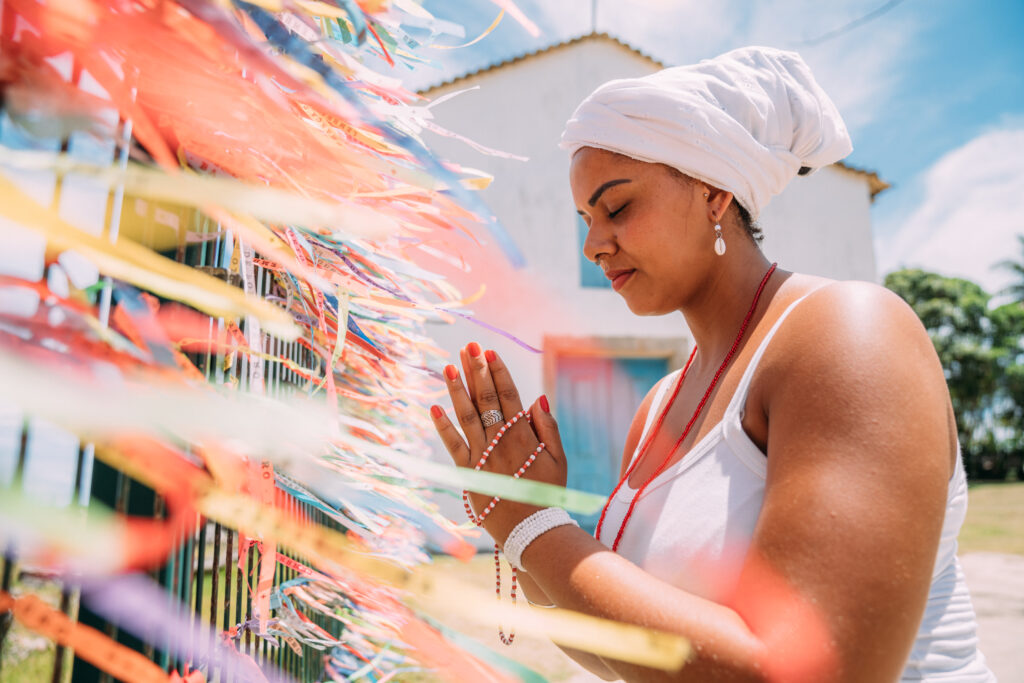
4. Core Beliefs and Practices
Umbanda practitioners worship a Supreme God, known as “Olorum” or “Zambi,” and various deities called Orishas. These Orishas represent different aspects of life and nature, each offering specific spiritual guidance and support. Umbanda also emphasizes the belief in reincarnation and the idea that everyone possesses the ability to act as a medium. Thereby communicating with spirits directly. Rituals in Umbanda involve singing devotional songs, praying, dancing, and drumming, which help induce trance states and facilitate spiritual connection.
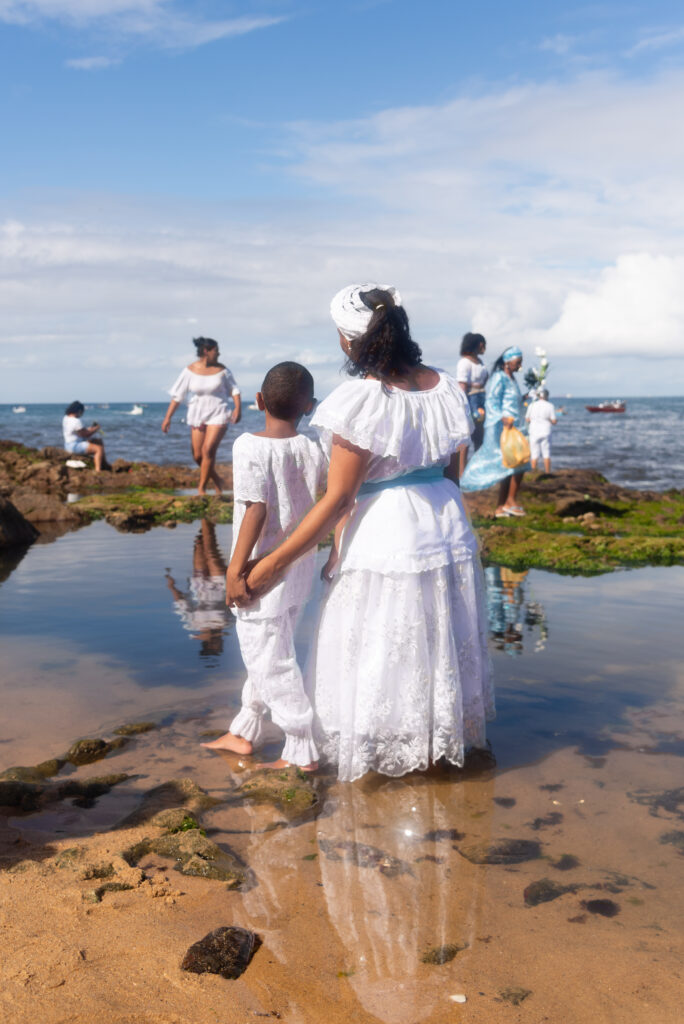
5. Giras: The Heart of Umbanda Rituals
Giras are central to Umbanda practice, serving as ceremonies where practitioners perform specific gestures, movements, prayers, and invocations to honor divine entities and connect with the spiritual realm. These rituals often lead to states of trance, allowing mediums to communicate with spirits and receive their guidance and support. Giras are held in sacred spaces called Terreiros, where practitioners gather to perform these profound spiritual ceremonies.

6. Offerings and Symbolic Acts
Offerings are a key part of Umbanda rituals. Devotees present items such as flowers, candles, incense, fruits, food, and drinks to the spirits. These offerings symbolize acts of gratitude and reverence. The offerings reflect the practitioner’s respect and devotion to the divine entities they seek to honor. The offerings are believed to establish a reciprocal relationship with the spirits, inviting their blessings and support in return.

7. Healing through Umbanda
Umbanda is renowned for its healing practices, which offer relief from physical, emotional, and spiritual ailments. One illustrative example is the story of Manoel Alves de Souza, a lawyer from Rio de Janeiro. He found healing for his mental health issues through Umbanda rituals. Encouraged by a psychiatrist, Souza sought treatment at an Umbanda worship center. Rituals involved being placed within a circle of fire and receiving herbal baths. Since then, he has remained free of mental disturbances and continues to be a faithful believer in Umbanda.
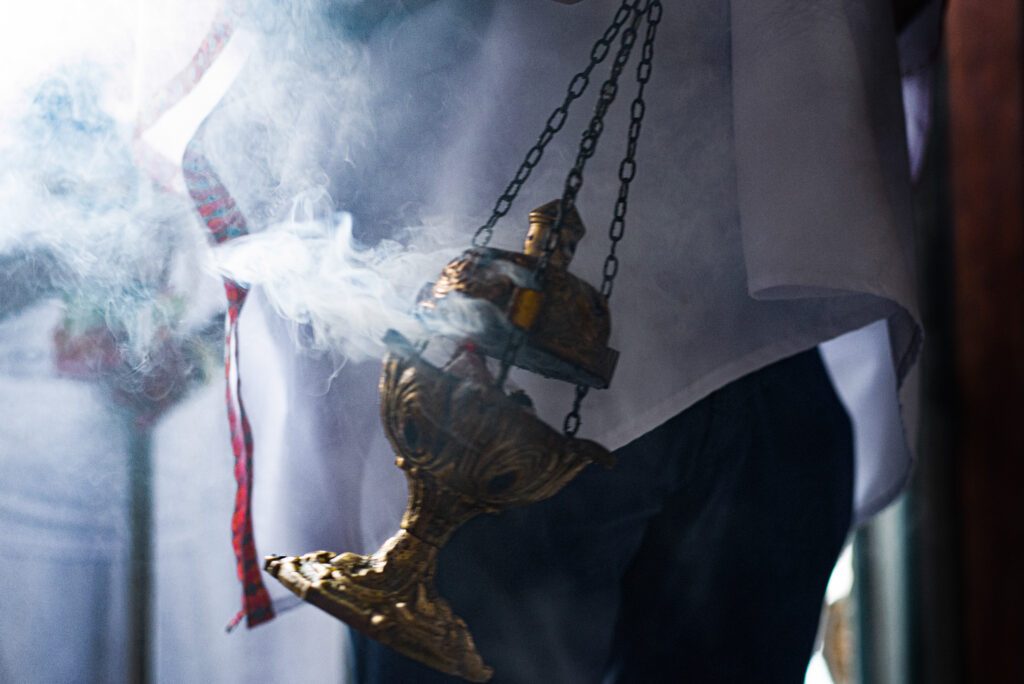
8. The Seven Lines of Umbanda
Umbanda’s spiritual structure is organized into seven lines, each representing different groups of spirits and specific spiritual energies. These lines encompass a range of entities, from those associated with healing and wisdom to spirits connected with nature and various elements. Each line within Umbanda has its own unique rituals, prayers, and offerings, guiding the faithful in their spiritual journey and connecting them with the diverse spiritual forces represented by each line.
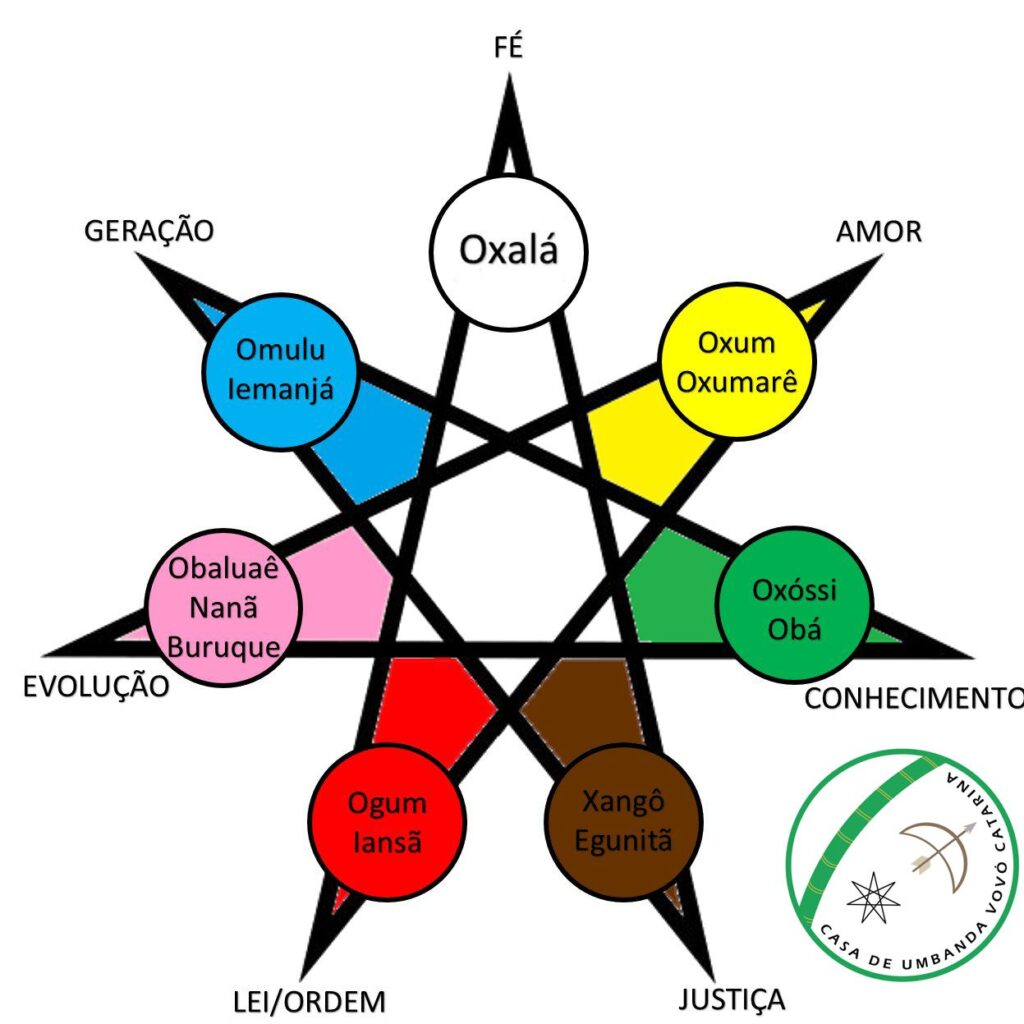
9. Orishas: The Deities of Umbanda
Umbanda venerates a range of deities known as Orishas, each governing different aspects of life and nature. For instance, Oxala is associated with purity and creation, while Shango is linked to thunder and justice. These Orishas are part of a broader spiritual pantheon that includes spirits from African, Indigenous, and Catholic traditions, reflecting Umbanda’s integrative nature. The Orishas are seen as powerful spiritual guides who offer wisdom, protection, and support to practitioners.

10. The Right-Hand Line
The right-hand line in Umbanda includes Pretos Velhos, wise spirits of African ancestors, and Caboclas, spirits associated with Indigenous heritage. These entities offer guidance, healing, and wisdom, helping practitioners navigate their spiritual journeys. Pretos Velhos are often honored with offerings like tobacco, coffee, and white flowers, which symbolize respect and reverence for their wisdom and support. Caboclas, on the other hand, are connected with the natural world and are often depicted as native warriors or hunters who provide spiritual healing and protection.
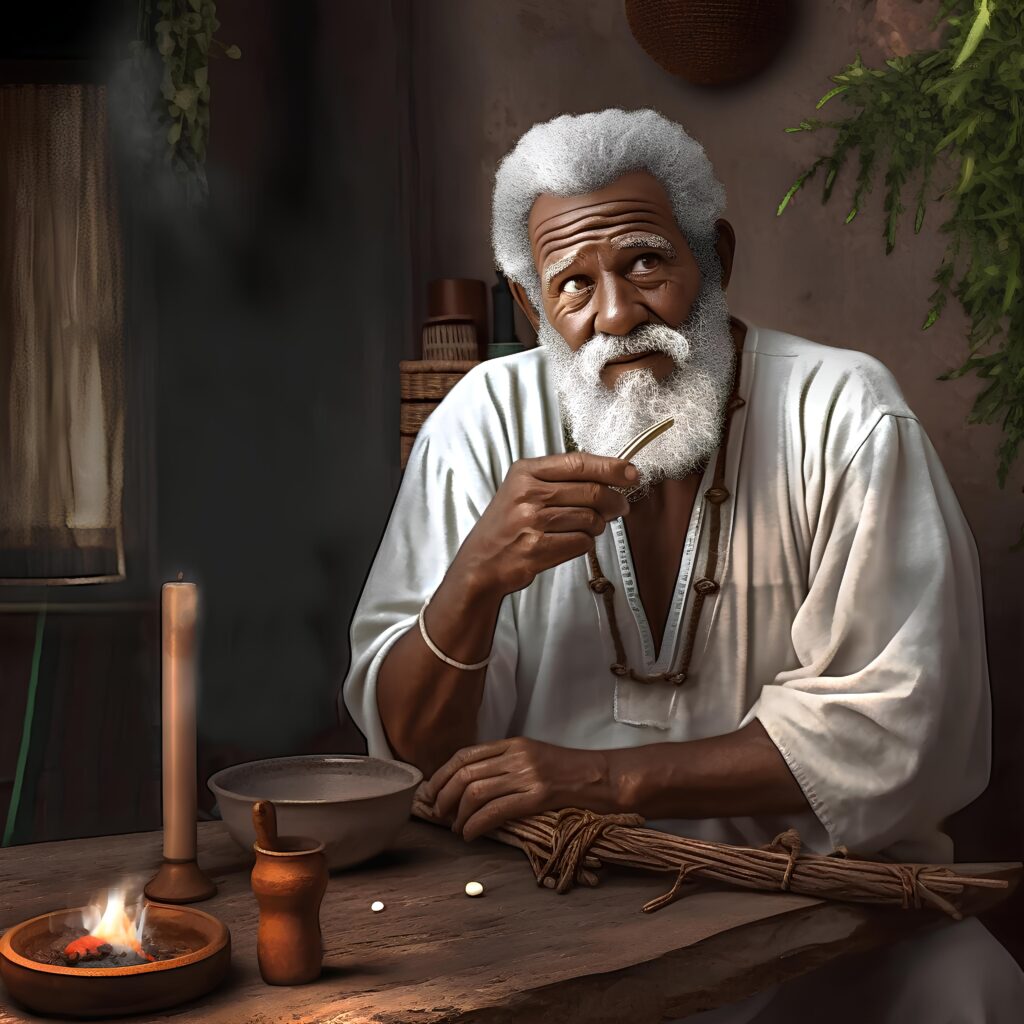
11. The Left-Hand Line
The left-hand line in Umbanda is often misunderstood as malevolent, but it plays a crucial role in the balance of spiritual forces. This line includes Pombagiras, female spirits of sensuality and strength, and Exus, spirits associated with communication and transformation. Take a look at my post on embracing the dark feminine archetype to see pombagira energy in everyday life.
Despite misconceptions, these entities are integral to Umbanda’s practice, providing protection and guidance to those who seek their help. Pombagiras, for example, are often depicted as seductive figures representing feminine power and are honored with offerings of red flowers, perfumes, and sweet treats.
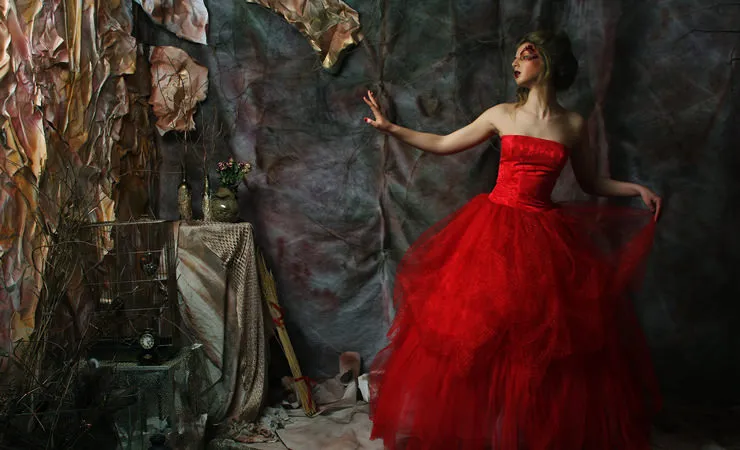
12. The Neutral Line
The neutral line in Umbanda includes Boiadeiros, spirits of cowboys who act as energetic cleaners and help maintain balance within spiritual practices. These intermediate line entities work across both left and right-hand lines to provide spiritual support and protection. Boiadeiros are connected to the land and are seen as protectors who help remove negative energies and bring about spiritual harmony. They are often honored with offerings that reflect their connection to the earth and their role as spiritual guardians.

13. Syncretism with Santo Daime: Umbandaime
Some branches of Umbanda have integrated practices with the Santo Daime tradition, leading to the development of Umbandaime. This integration invites Umbandistas to drink Ayahuasca, a powerful entheogenic brew used in Santo Daime rituals, as a way to strengthen spiritual contact and deepen the connection with the divine. This syncretism lends itself the earlier practices of Candomblé where the participant themselves, become incorporated by the spirit.
Umbandaime is a relatively new development and is less commonly known. It has faced resistance from traditionalists and purists within Umbanda who do not recognize the value of combining these practices. However, Umbandaime represents the evolving nature of Umbanda and its ability to adapt and incorporate new spiritual elements, reflecting its dynamic and inclusive nature.
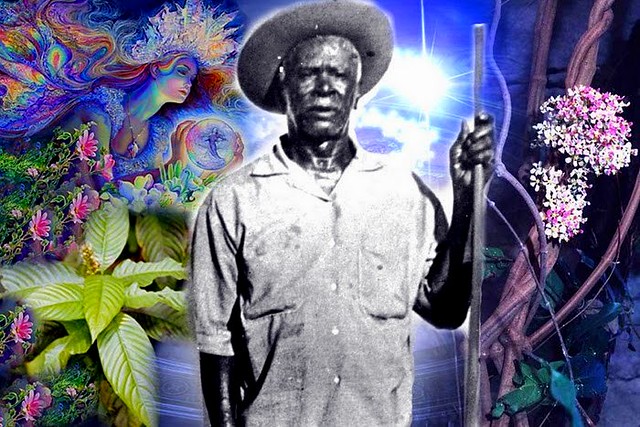
14. Differences from Candomblé
While Umbanda and Candomblé share African roots and have similarities in their belief systems, they differ significantly in their practices. It focuses on mediumship and spiritual connection without animal sacrifices, while Candomblé incorporates more traditional African rituals, including animal sacrifices.
Candomblé also involves a more direct incorporation of Orishas into its practices, reflecting its deeper ties to African spiritual traditions. Candomblé rituals are often more elaborate and are centered around worshipping the Orishas in ways that are closely aligned with their African origins.
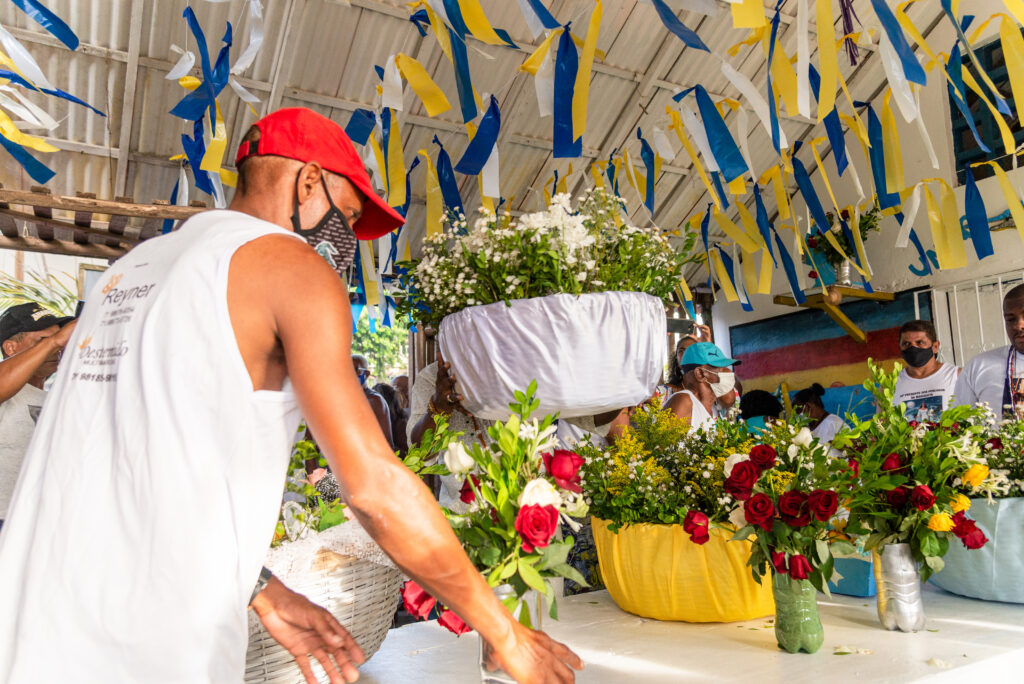
15. Common Misconceptions
Umbanda is often unfairly linked to negative practices or perceived as a form of black magic. In reality, it is a complex and respectful spiritual practice focused on healing, guidance, and personal transformation. Understanding the practice requires looking beyond stereotypes and appreciating its deep cultural roots and spiritual significance.
The faith is sometimes viewed negatively by those from Christian backgrounds who misunderstand its practices, such as mediumship and spirit communication. These misconceptions have contributed to the stigmatization of Umbanda, but a deeper understanding of its beliefs and practices can help dispel these myths and reveal the true nature of this beautiful tradition.
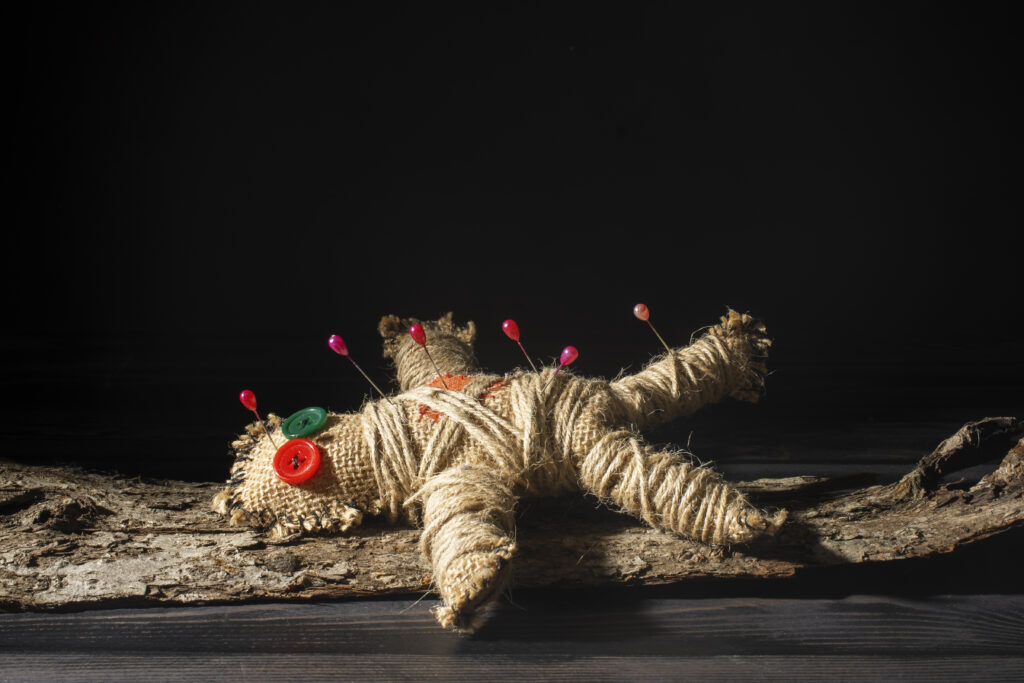
16. Places of Worship
Unlike many religions that have central places of worship, Umbanda holds its rituals in small groups known as Terreiros, Centros, or Umbanda houses. These spaces serve as sacred environments for spiritual practices, providing a community-based setting where practitioners can connect with the divine and each other. The flexibility of these worship spaces reflects the faiths inclusive and adaptive nature. Terreiros are often modest structures where the faithful gather to perform rituals, honor the spirits, and seek spiritual guidance and healing.

17. Historical Context and Development
The faith has deep roots in African and Brazilian spiritual practices, evolving over time to incorporate elements of Catholicism and Spiritism. It was formalized in the early 20th century but has existed in various forms for much longer. This historical context highlights Umbanda’s role as a dynamic and evolving spiritual tradition that reflects the cultural diversity of Brazil. The religion’s development has been shaped by the social and cultural changes in Brazil, leading to a spiritual practice

Final Words and Further Reading
Exploring the rich traditions of Umbanda reveals the profound connection between spirituality and nature. If you found this journey through Brazil’s best-kept spiritual secret enlightening, you’ll love discovering how nature can be a powerful tool for spiritual healing. Dive into my blog post on Finding Spiritual Healing in the Garden: A Gardener’s Journey and see how the simple act of gardening can foster deep spiritual growth and tranquility.
Additionally, if you’re curious about the signs of a deeper spiritual transformation, check out my post on 11 Simple Signs You’re Having a Spiritual Awakening to understand how these profound experiences might be unfolding in your life. Both articles offer insights and practical tips to help you navigate and embrace your spiritual journey.
Let’s continue exploring the pathways to spiritual well-being together. I’d love to hear your thoughts and experiences, so feel free to share them in the comments below!

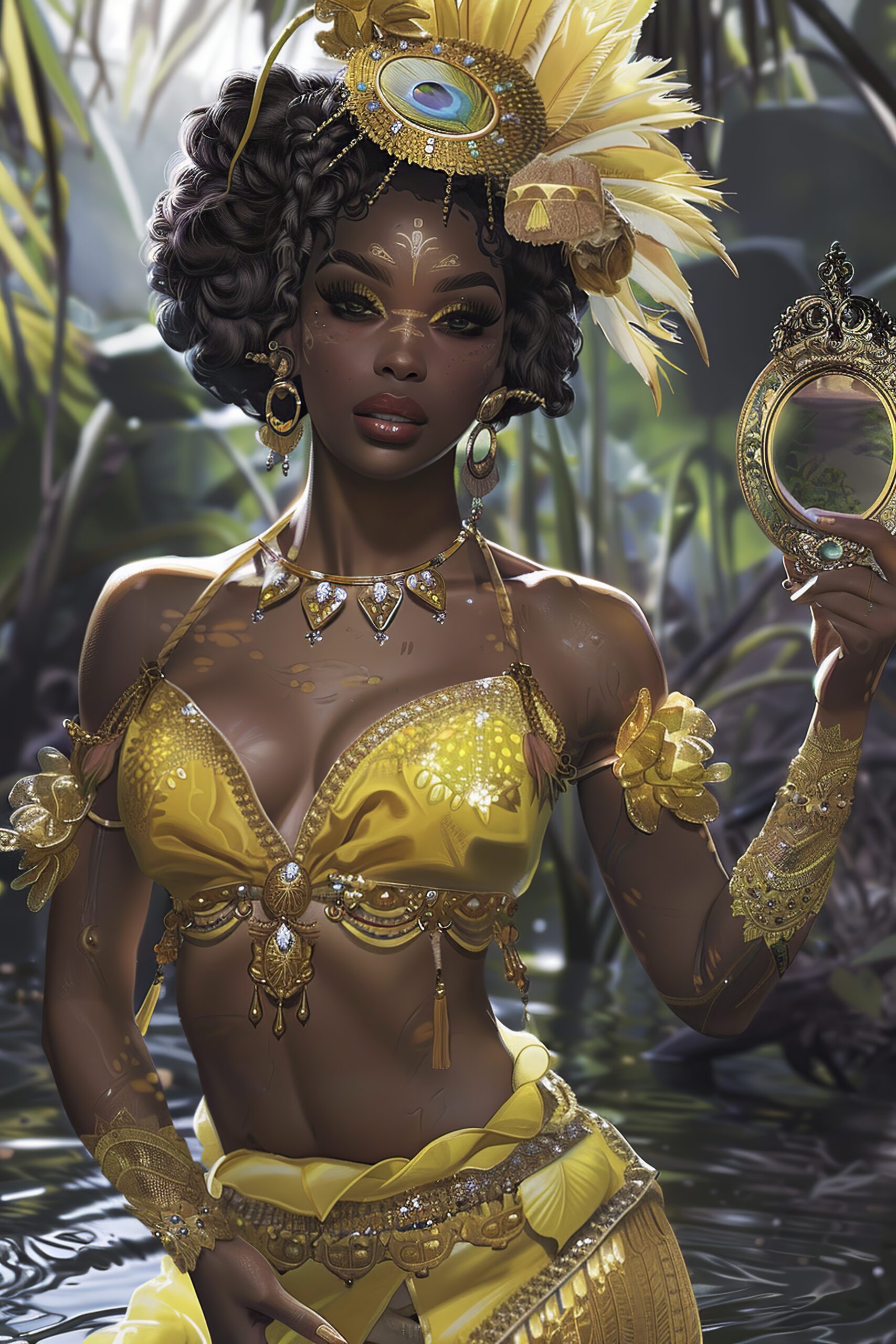
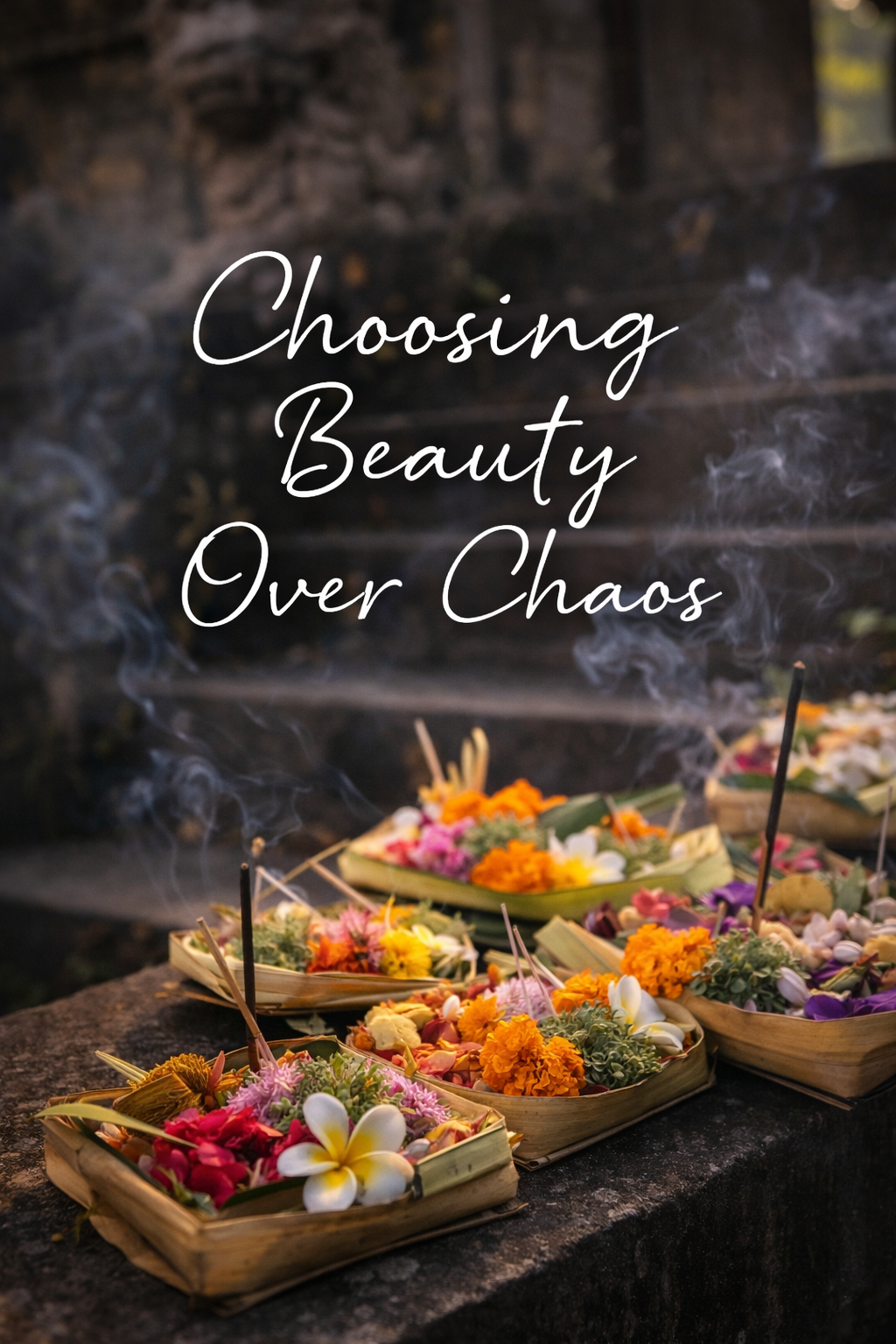
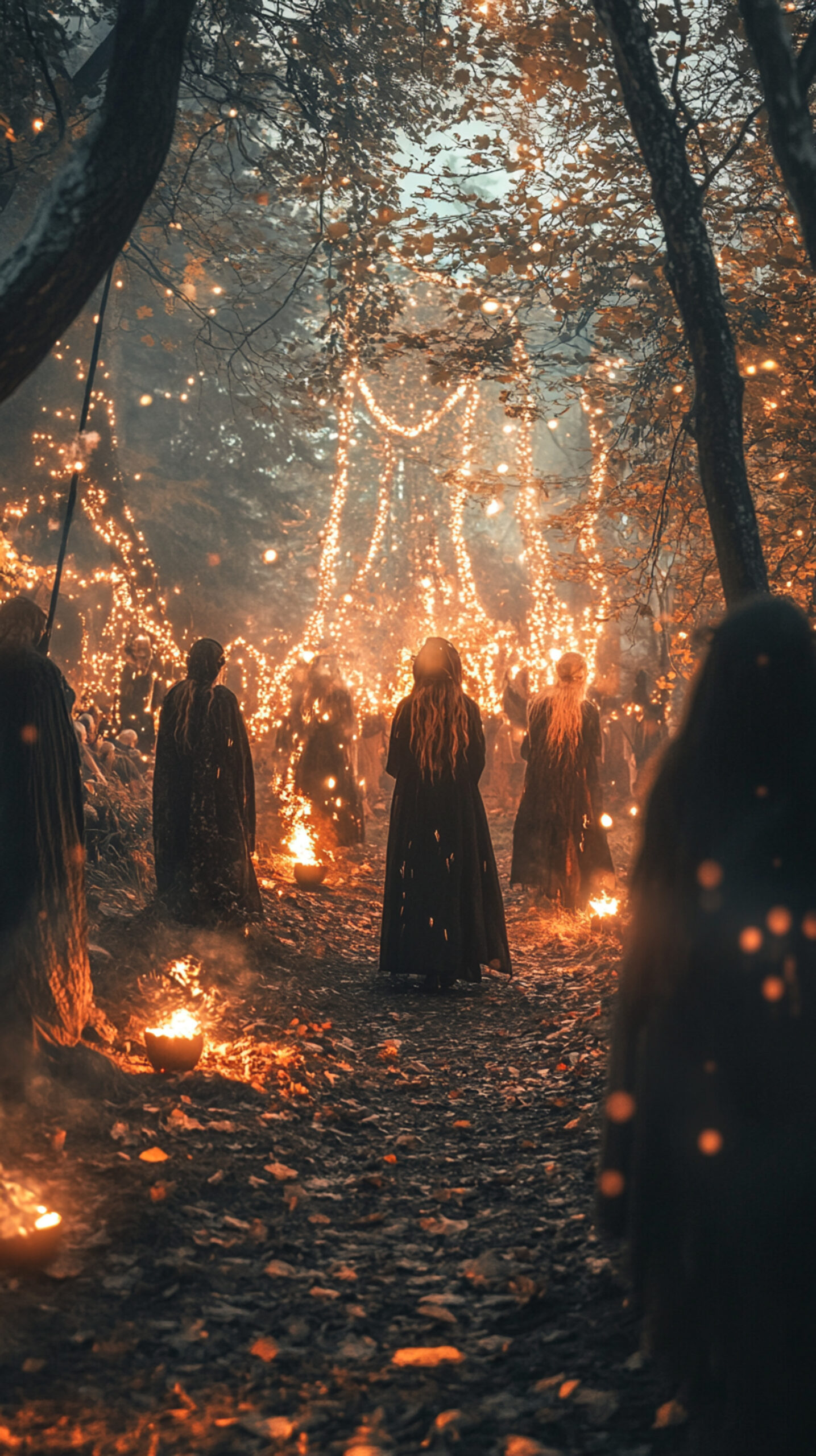
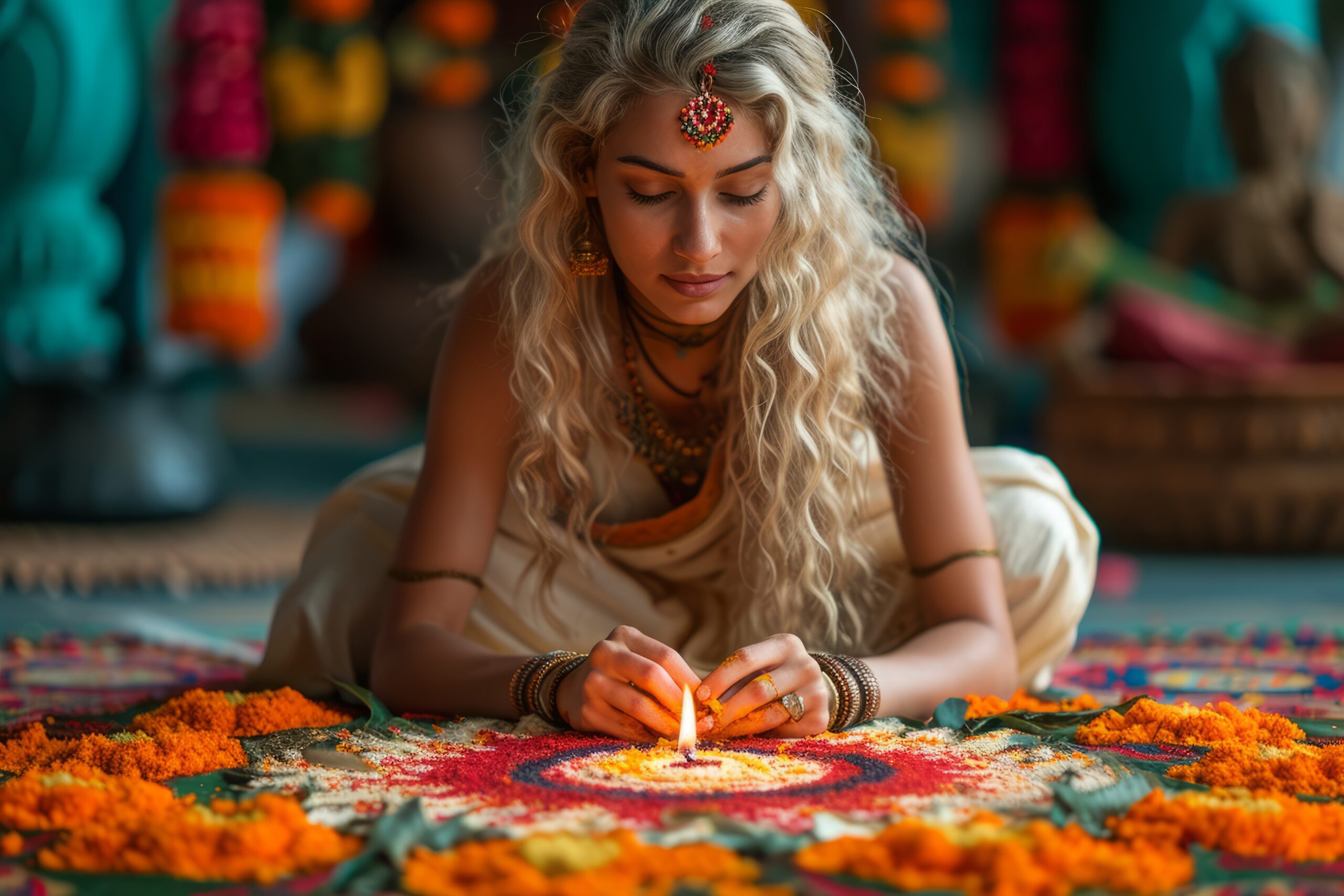

4 Reflections
Share your reflection below... I’d love to hear how this transmission lands for you.
This reflection space is part of a living temple of dialogue, a place for insight, resonance, and respectful exchange. All comments are read with care and may be lovingly edited for clarity, formatting, or safety before publication. Please share from your heart, speak with kindness, and keep this space high in frequency. Promotional links, aggressive language, or off-topic content will be removed. Thank you for honoring the spirit of this sanctuary.